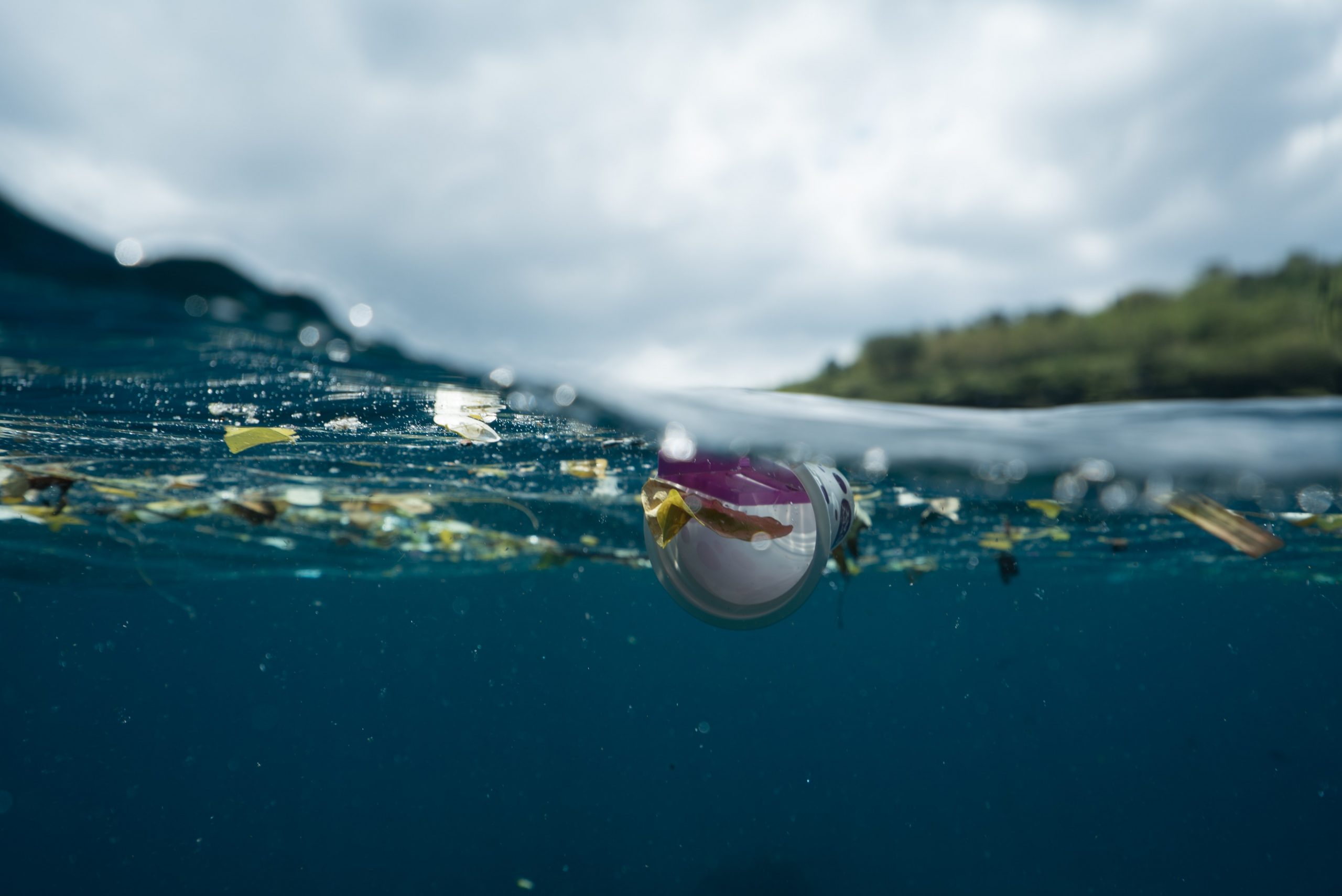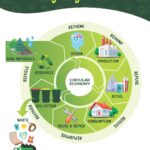

Across the globe, the problem of trash and plastic pollution is a major issue. Despite the fact that most governments have taken steps to guarantee that these issues are recognised and addressed, the situation continues to deteriorate. This has a slew of potentially fatal implications. It poses a threat to marine species and their habitats, as well as dumping vast volumes of garbage that can take decades to disintegrate, wreaking havoc on these ecosystems.
This is why it’s more important now than ever to take better care in the way we dispose waste. In fact, it’s estimated that if we don’t make concrete changes now, there will be more rubbish in the ocean than fish by the year 2050!
Keep reading to find out how waste that ends up in the ocean specifically impacts marine animals and their ecosystems.
Ingestion of waste
Some of the most common debris that ends up in the ocean are plastic bottles, plastic bags, fishing gear such as nets, food packaging and packing materials. Things like plastic bags, food packaging, balloons and rubber waste can often be confused as food or prey by marine animals, and for obvious reasons, causes problems in their digestive systems. A common example of this is sea turtles mistaking plastic bags for jelly fish, which is a common food source for them.
Entanglement
Things like nets, plastic bags, fishing lines and the like, cause marine animals to get tangled up in them. In many cases, this can cause animals to lose their mobility, which can impede on their ability to find prey for food, which can then lead to starvation. Some animals can even face amputation from intense entanglement which can create infections, and again, a huge loss to their mobility, and therefore, their ability to protect themselves from predators too.
Destruction of marine habitats
Even without physically touching any marine animals, the waste that ends up in the ocean heavily impacts them. For example, coastal environments that have a large amount of waste floating atop the ocean will block sunlight from reaching the plant and marine life underneath. It can also impact the amount of light and oxygen that makes it through layers of debris, often times depriving the life living underneath from their basic needs to survive.
Overall, it may not seem like a huge deal that some marine animals lose their lives or are injured, however, as the number of animals of a certain species decreases, the entire food chain is disturbed. Not only will this influence other marine life, but also land animals that depend on sea life, and eventually, us too.
Here at Solo Resource Recovery, we are constantly improving our waste management systems to ensure that waste is disposed of in a safe and effective, yet sustainable way. To learn more about our waste management plans and services, contact one of our team members at 1300 46 76 56, and they’ll be happy to help, or leave a query in the Contact Us form on our website.

Published: December 15, 2023

Published: November 29, 2023

Published: October 17, 2023